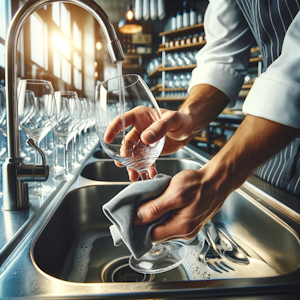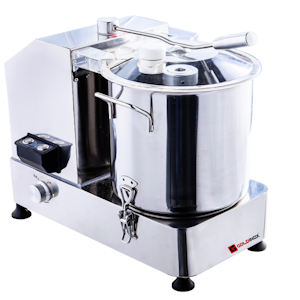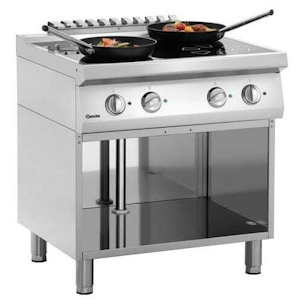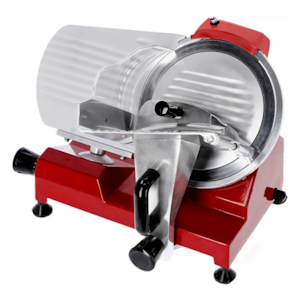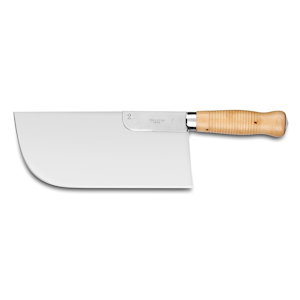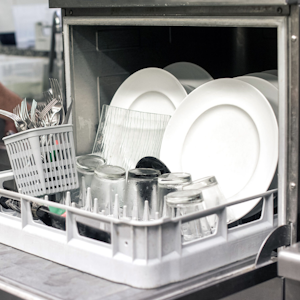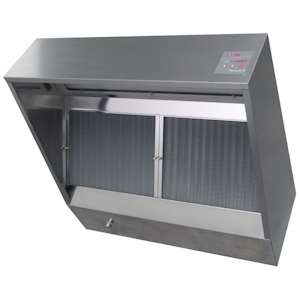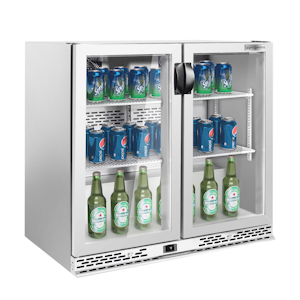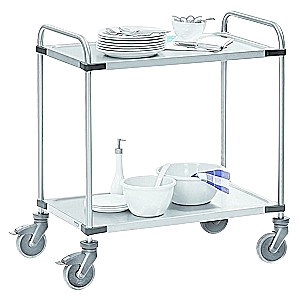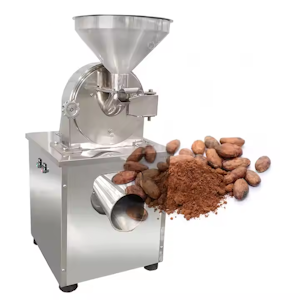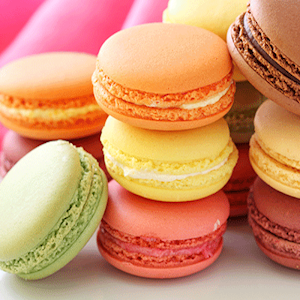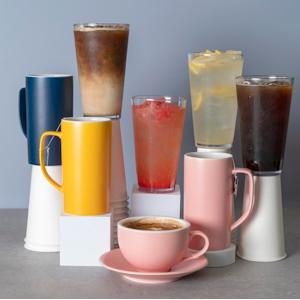Why Use a Water Softener and a Reverse Osmosis System
Water Softener
Main Function
-
Reduces water hardness by removing calcium (Ca²⁺) and magnesium (Mg²⁺) ions responsible for limescale.
-
Protects plumbing, installations, and all equipment using water, especially in professional kitchens.
Main Technical Characteristics
| Characteristic | Detail |
|---|---|
| Principle | Ion exchange (cation exchange resin) |
| Resin | Synthetic bead resin, regenerated with salt |
| Installation | Installed at the main water inlet |
| Flow rate | From 1 to over 5 m³/h depending on model (domestic to industrial) |
| Capacity | Expressed in liters of resin or m³ treated between regenerations |
| Input hardness | Operates from 15 °f (hard to very hard water) |
| Efficiency | Can reduce hardness to less than 5 °f |
| Regeneration type | Timed or volumetric (based on time or volume consumed) |
| Power consumption | Low (for control valve) |
| Salt consumption | About 100 to 300 g per regeneration (special pellet salt) |
| Water consumption for regeneration | About 50 to 100 liters depending on model |
| Maintenance | Salt refill + annual cleaning + possible disinfection |
Advantages
-
Protects:
-
professional kitchen equipment (ovens, dishwashers, steam generators, coffee machines, pot washers, etc.),
-
boilers, water heaters, tanks, piping, faucets, etc.
-
-
Reduces detergent and energy consumption.
-
Decreases breakdowns caused by limescale.
-
Increases equipment lifespan.
-
Limits spots on dishes, utensils, and stainless steel surfaces.
⚠️ Limitations / Precautions
-
Water remains potable but enriched in sodium → not recommended for infants or people on a salt-restricted diet.
-
Does not filter pollutants (nitrates, pesticides, heavy metals, etc.).
-
Does not replace a reverse osmosis system if water purification is desired.
-
Requires connection to a drain for regeneration water disposal.
Reverse Osmosis System
Reverse osmosis water is produced by a system called reverse osmosis, a technology used for decades especially in:
-
Medicine (dialysis),
-
Food industries,
-
Aquariums,
-
Drinking water production in coastal areas (desalination).
Reverse osmosis works by forcing water under pressure through a semi-permeable membrane that removes more than 95% of dissolved substances. The result is very pure water, free from:
-
Bacteria, viruses, parasites,
-
Nitrates, pesticides, drug residues,
-
Chlorine, heavy metals,
-
Dissolved mineral salts (calcium, magnesium, potassium, sodium, etc.).
Characteristics of Reverse Osmosis Water
-
Very low TDS (Total Dissolved Solids): between 0 and 20 mg/L (compared to 300 to 500 mg/L in tap water depending on the region).
-
Very low conductivity.
-
Slightly acidic pH (usually around 5.5 to 6.5).
-
Almost no taste, since minerals give natural waters their flavor.
Advantages of Reverse Osmosis Water
-
Highly recommended for professional equipment
Reverse osmosis water is strongly recommended for professional kitchen appliances such as:
-
Steam ovens,
-
Coffee machines,
-
Dishwashers,
-
Steam generators,
-
Integrated water softeners,
-
Any other equipment requiring pure water.
Thanks to the absence of limescale and minerals, it:
-
Preserves equipment lifespan,
-
Reduces maintenance costs,
-
Prevents scaling,
-
Improves machine performance, especially steam in combi ovens or professional kettles.
It is an ideal technical solution for professional, collective, gourmet kitchens or food laboratories.
-
High purity for specialized uses
-
Removes pollutants that other systems do not filter.
-
Useful for immunocompromised individuals (if remineralized).
-
Absence of limescale ideal for cleaning windows, cosmetics, etc.
⚠️ Limitations for human consumption
❗️Not necessarily recommended as daily drinking water
Despite its purity, reverse osmosis water is not ideal for regular consumption without precautions because it lacks essential minerals. The main risks are:
-
Mineral deficiency
It contains no calcium, magnesium, or potassium. Long-term consumption can lead to demineralization if the diet is poor or unbalanced. -
Hypotensive effect or electrolyte imbalance
Reverse osmosis water may leach minerals from the body, disturbing mineral balance in fragile people or with exclusive consumption. -
Slightly acidic pH
Its pH between 5.5 and 6.5 can unbalance some organisms or worsen gastric disorders if consumed alone in large quantities.
Studies and Expert Opinions
-
The WHO (World Health Organization) recommends not consuming long-term water with less than 50 mg/L of mineral residue without supplementation.
-
Health agencies (e.g., Quebec, Germany) also advise against exclusive consumption of reverse osmosis water without remineralization.
-
It is acceptable short-term, but remineralization or alternating with other waters is strongly recommended.
Usage Recommendations
| Use | Recommendation |
|---|---|
| Ovens, dishwashers, kettles, coffee machines (professional or domestic) | ✅ Strongly recommended |
| Cleaning, aquarium, ironing, cosmetics | ✅ |
| Daily drinking water without remineralization | 🚫 Not recommended |
| Drinking water with remineralizing filter or balanced diet | ✔️ Acceptable with balance |
What to do if you have a reverse osmosis system at home?
-
Install a remineralization filter at the outlet (often based on calcium, magnesium, coral stone, or ceramic).
-
Mix reverse osmosis water with mineral water to restore balance.
-
Use reverse osmosis water only for appliances and another source for drinking.
Conclusion
Reverse osmosis water is an excellent technical and hygienic choice for professional kitchens and household appliances. It prevents limescale deposits, extends equipment life, and optimizes performance.
-
However, for humans, it is not an ideal long-term drinking water. Without minerals and slightly acidic, it must be remineralized if consumed regularly.
Water Softener and Reverse Osmosis in Professional Kitchens
-
Water Softener: Ideal for protecting general installations
✅ Advantages for professional kitchens:
-
Prevents scaling in dishwashers, boilers, pot washers, bain-maries, water heaters, etc.
-
Extends equipment lifespan.
-
Improves energy efficiency: less scale = better heat transfer.
-
Reduces use of descaling and detergent products.
-
Less spotting on dishes, glasses, and stainless steel.
⚠️ Limitations:
-
Water remains mineralized (does not filter nitrates, pesticides, or heavy metals).
-
Not designed for drinking or precision cooking.
-
Adds sodium to water → not recommended for some culinary preparations or drinking.
-
Reverse Osmosis System: Ultra-pure water for sensitive culinary uses
Advantages in professional kitchens:
-
No traces of limescale or impurities: ideal for coffee machines, steam ovens, steam generators.
-
Preserves food and drink flavors: no chlorine aftertaste or flavor-altering substances.
-
Improves steam quality in combi ovens → finer cooking, drier and more constant steam.
-
No stains on glasses, fine dishes, stainless steel cookware.
-
Ideal for sous-vide cooking, clear broths, tea, fine pastry, etc.
-
Allows perfect control of cooking or hydration water (e.g., bread-making, fermentation).
⚠️ Limitations:
-
Less suitable for high-flow uses (not designed to supply an entire kitchen).
-
Limited flow depending on model (requires reservoir or pressurized system).
-
Requires maintenance and drainage of wastewater.
Why Both Are Complementary in Professional Kitchens
| Equipment | Recommendation |
|---|---|
| Professional dishwasher | ✅ Water softener |
| Steam combi oven | ✅ Reverse osmosis (or reverse osmosis + softener upstream) |
| Ice machine | ✅ Reverse osmosis (for clearer ice) |
| Coffee machine / hot beverage dispenser | ✅ Reverse osmosis |
| General cooking line | ✅ Water softener |
| Gourmet kitchen, pastry, tea, fine bakery | ✅ Reverse osmosis for water quality |
| Drinking water, customer carafes | Reverse osmosis (if remineralized) or specific filtered water |
| Facility maintenance, restrooms | Water softener (no need for reverse osmosis) |
Summary Table
| Water Softener Only | Reverse Osmosis Only | Water Softener + Reverse Osmosis | |
|---|---|---|---|
| Protects equipment | ✅ | ✅ (partially) | ✅✅✅ |
| Improves cooking water quality | 🚫 | ✅✅ | ✅✅✅ |
| Suitable for drinking | 🚫 | ✅ (if remineralized) | ✅✅ (with precautions) |
| Operating cost | Moderate (salt) | Higher (filters, wastewater) | Balanced if well sized |
| Optimal solution? | ❌ | ❌ | ✅✅✅ (recommended) |

